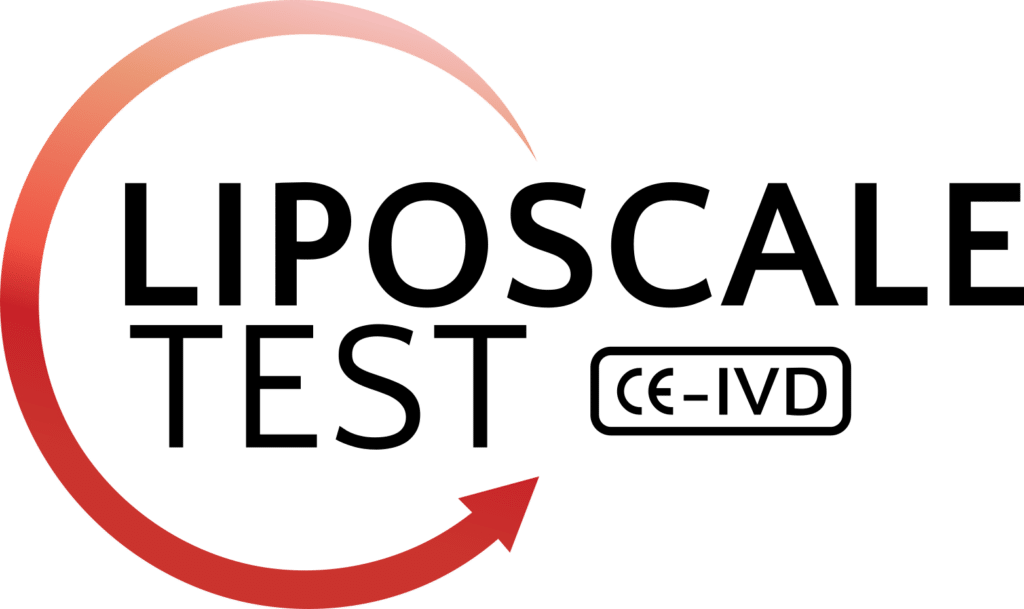Purpose: Muscle is an essential organ for glucose metabolism and can be influenced by metabolic disorders and physical activity. Elevated muscle carnosine levels have been associated with insulin resistance and cardiometabolic risk factors. Little is known about muscle carnosine in type 1 diabetes (T1D) and how it is influenced by physical activity. The aim of this study was to characterize muscle carnosine in vivo by proton magnetic resonance spectroscopy (1H MRS) and evaluate the relationship with physical activity, clinical characteristics and lipoprotein subfractions.
Methods: 16 men with T1D (10 athletes/6 sedentary) and 14 controls without diabetes (9/5) were included. Body composition by DXA, cardiorespiratory capacity (VO2peak) and serum lipoprotein profile by proton nuclear magnetic resonance (1H NMR) were obtained. Muscle carnosine scaled to water (carnosineW) and to creatine (carnosineCR), creatine and intramyocellular lipids (IMCL) were quantified in vivo using 1H MRS in a 3T MR scanner in soleus muscle.
Results: Subjects with T1D presented higher carnosine CR levels compared to controls. T1D patients with a lower VO2peak presented higher carnosineCR levels compared to sedentary controls, but both T1D and control groups presented similar levels of carnosineCR at high VO2peak levels. CarnosineW followed the same trend. Integrated correlation networks in T1D demonstrated that carnosineW and carnosineCR were associated with cardiometabolic risk factors including total and abdominal fat, pro-atherogenic lipoproteins (very low-density lipoprotein subfractions), low VO2peak, and IMCL.
Conclusions: Elevated muscle carnosine levels in persons with T1D and their effect on atherogenic lipoproteins can be modulated by physical activity.


